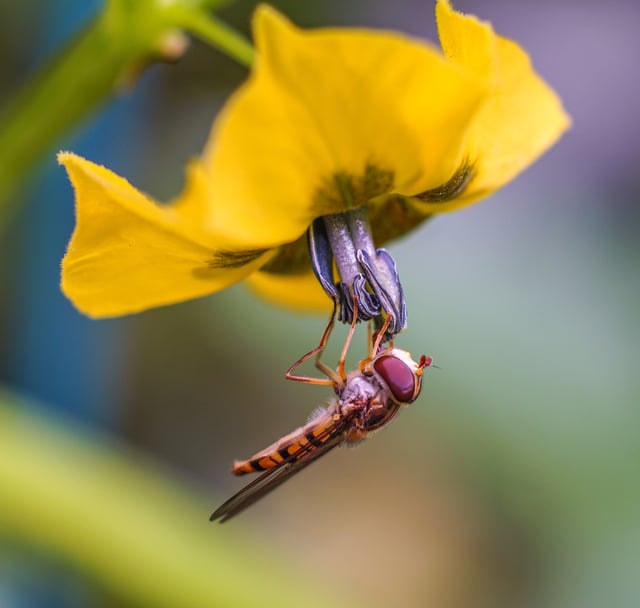Overview
- The University of Sheffield team sampled pollinator communities at allotment sites across Sheffield, Leeds and Leicester to assess urbanisation impacts
- Allotments in heavily built-up areas supported up to 43% fewer pollinator species compared with those nearer suburban zones
- Nocturnal moths and hoverflies showed sharper declines than bees due to their dependence on tree canopy, water sources and undisturbed habitats
- Loss of tree cover and semi-natural greenspace emerged as the primary cause of reduced pollinator diversity and abundance in city environments
- Researchers call for collaboration with urban planners and policymakers to safeguard key habitat features in allotments and surrounding greenspaces
